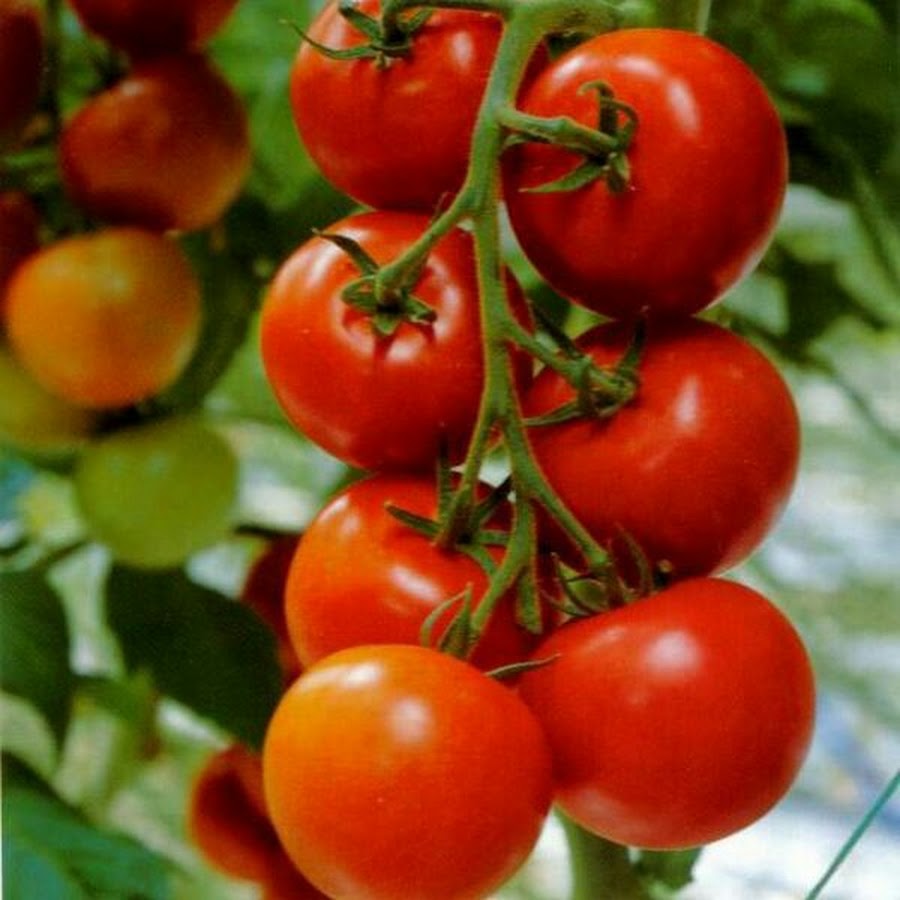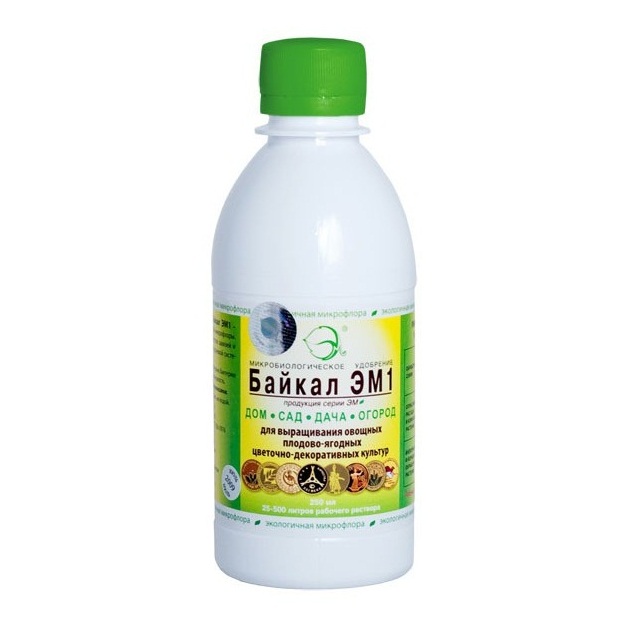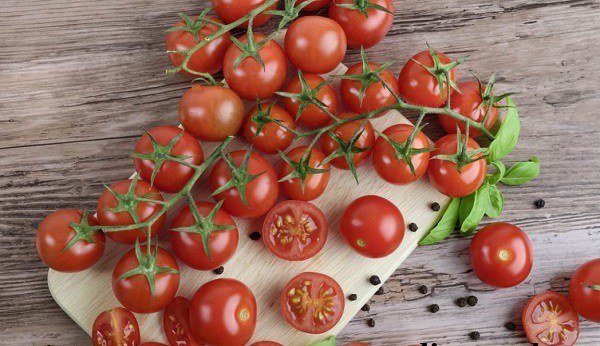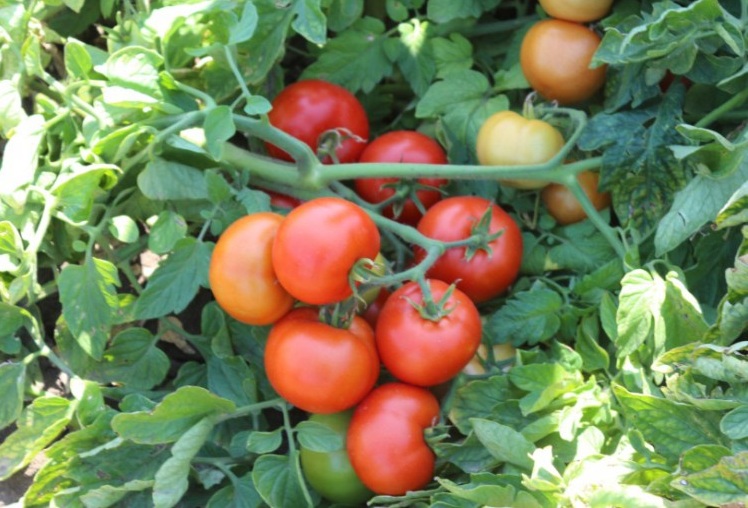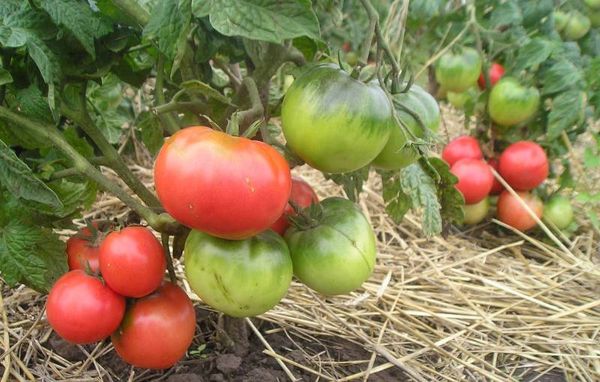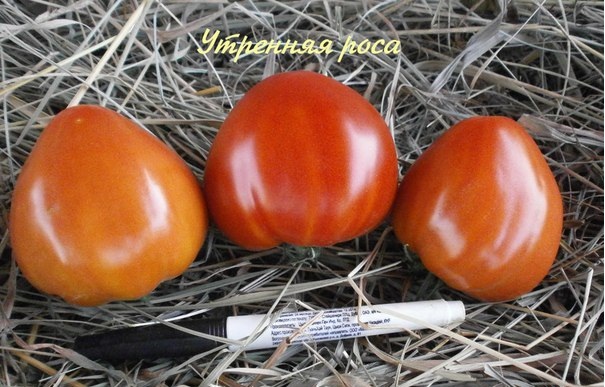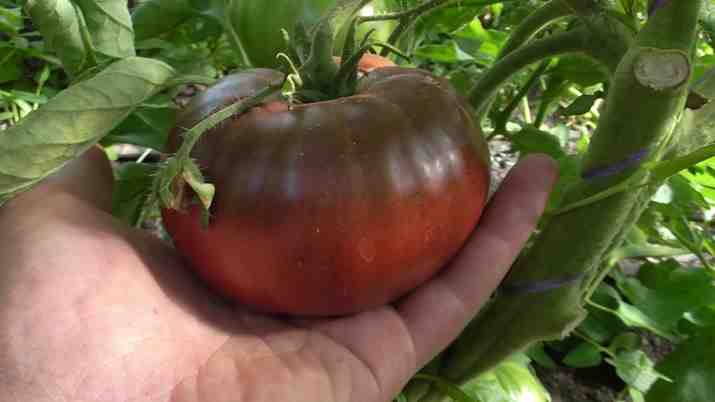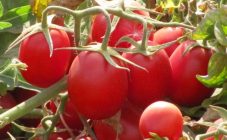Content:
Breeders have long been striving to bring out a tomato variety with good fruit taste and unpretentious care. In the 19th century, Moldovan scientists managed to obtain a variety, the description of which speaks of short stature, large yield and good taste. The variety was named Perseus.
Characteristics and description of tomato Perseus
Tomato Perseus is intended for growing, both in the open field and in the greenhouse. It can grow in all climatic zones of Russia. The variety is designed for warm climates and tolerates heat well. From frost, crops must be covered with a film or non-woven cloth.
The bush of the plant is low - no more than 60 cm, strong, densely covered with leaves. This saves the fruit from sunburn in the hot summer. Perseus will not have to tie up the tomatoes and tie them up.
The first brush is laid after the sixth leaf. The plant is cross-pollinated. If grown in a greenhouse, artificial pollination will be required. 4-6 berries are formed in the brush. The Perseus tomato is a mid-season tomato. From germination to ripening of the first fruits, 110-115 days pass. Ripening is fast and simultaneous.
The fruits are round, slightly flattened on top. The color of ripe tomatoes is red. A small green spot can be seen near the stem. The skin is dense, shiny. The pulp is juicy, dense. The taste is pleasant and soft, typical of a tomato. Up to seven chambers with seeds are formed in a tomato. The weight of a tomato ranges from 110-180 grams. The variety is fruitful - up to 8 kg are harvested from one square meter.
Perseus fruits are versatile. They are eaten fresh, canned, processed into sauce and tomato juice. Thanks to their strong skin, tomatoes retain their presentation during transportation.
Pros and cons of the variety
This variety has no drawbacks, which made it a favorite of gardeners. Among the positive aspects, the following are distinguished:
- The variety tolerates heat well;
- Possibility of transportation;
- Disease resistance;
- Sufficiently large fruits;
- The possibility of growing in a greenhouse and open field;
- Versatility of application;
- Stored for a long time.
Agricultural technology of cultivation
For growing a Perseus tomato, they take seeds purchased or harvested independently. Before planting, the seed is treated with a weak solution of potassium permanganate. The seeds are kept in it for 20-25 minutes.
The seeds can be germinated beforehand. They are laid out on a cloth, a little water is added to moisten the cloth, and covered. Care must be taken to ensure that the seeds do not dry out or become moldy. After germination of the bulk of the seeds, they can be sown in the ground.
You can take the land from the store or make it yourself. When self-preparation of the earth, compost or humus is added to ordinary garden soil. The soil should be loose and nutritious. The prepared soil is watered with a hot potassium permanganate solution for disinfection. Before sowing seeds, the soil can be treated with a solution of biofertilizer "Baikal EM1".
Seeds are sown at a distance of 1 cm from each other, carefully sprinkled with earth, lightly tamped and watered. To maintain the desired humidity level, the container with crops is covered with foil or glass. Watered carefully, avoiding erosion of the earth. It is better to use a water spray for this.
Seedlings are transplanted into cups after the appearance of the second true leaf. Now all that remains is to wait for the beginning of June and plant the tomatoes on the site. Plants can be planted in the greenhouse in the second half of May.
A week before the intended planting, tomatoes are accustomed to the external environment. To do this, put the pots outside for 15 minutes. By the end of the week, this time is brought to 10 hours.
On the site, holes are prepared with a depth of 20 cm. Before planting, the seedlings are watered abundantly. This will make it easier to remove it from the drawer. If the plants were planted in peat cups during the picking, then they must be planted with them. The Perseus tomato planting scheme is 50x50 cm. If space permits, the distance between plants can be increased to 70 cm. The planted plants are watered abundantly. To preserve moisture near the roots of plants, the soil around the trunk is mulched with straw, sawdust or dry grass. This will reduce the amount of watering.
Water as needed when the topsoil is dry. The area with Perseus tomatoes must be constantly cleared of weeds. After the formation of the first fruits, the lower leaves are removed. To enrich the soil with oxygen, the beds are loosened twice a month.
Pests and diseases of tomato Perseus
The main enemy of this variety is the Colorado potato beetle. Less commonly, plants are damaged by whiteflies, aphids and thrips. To prevent damage to crops by these insects, two hours before planting on the site, seedlings are treated with insecticides. It could be Aktara, Gulliver, Intavir.
Tomato Perseus, according to the characteristics and description of the variety, is immune to fungal diseases. It is resistant to tobacco mosaic, late blight, alternaria, anthracnose and fusarium wilt.
For the purpose of prevention, treatment is carried out with such fungicidal preparations as Topaz, Agate, Maxim, Bordeaux liquid. For the same purpose, five to six days after planting on the site, the tomatoes are treated with a solution of potassium permanganate.
Removing weeds and excess leaves, loosening the soil and free planting are the prevention of fungal diseases and attacks of insect pests.
Compliance with the simple conditions for growing Perseus tomatoes specified in the description of the variety will allow you to get an excellent harvest of universal tomatoes.
